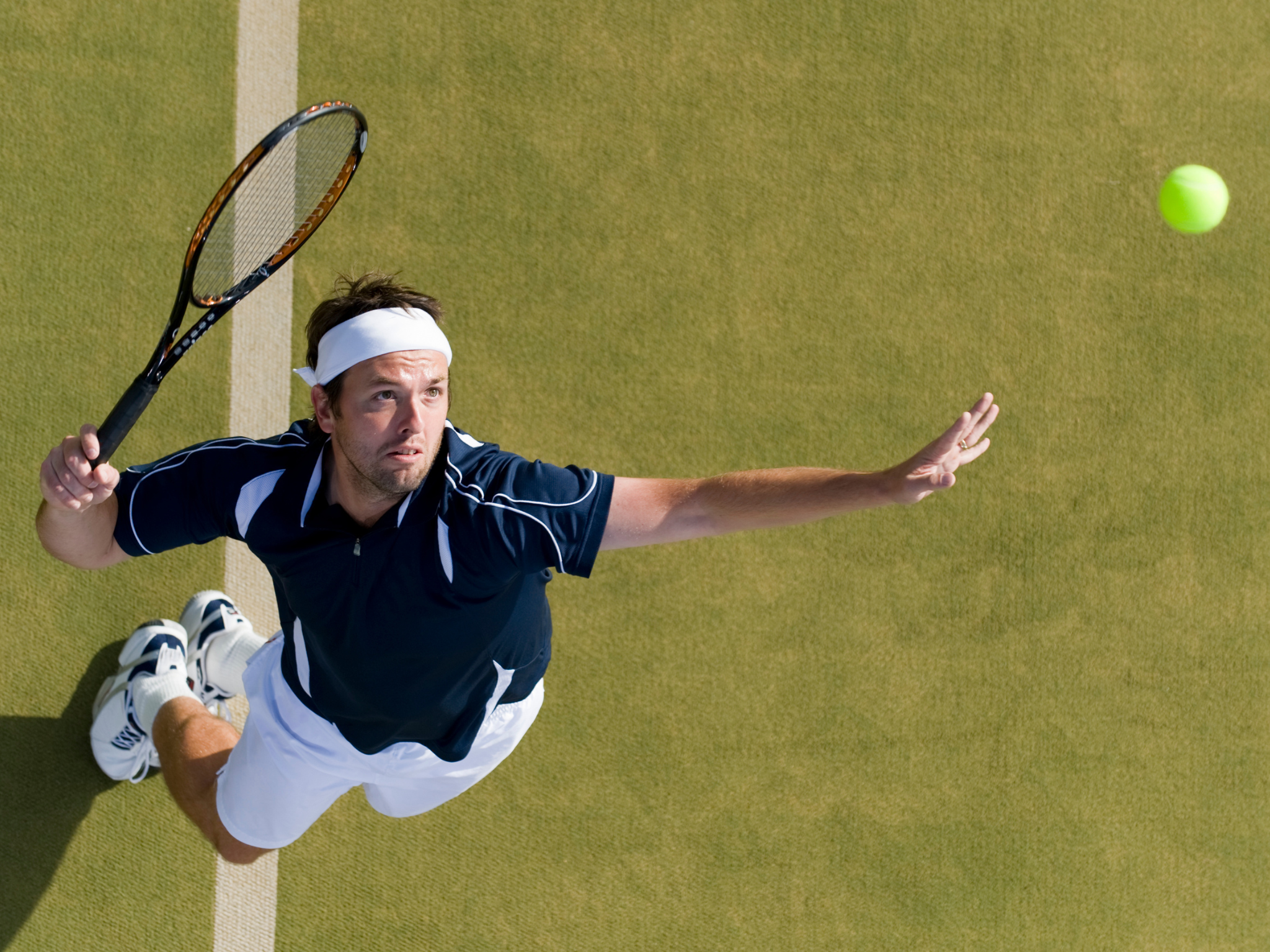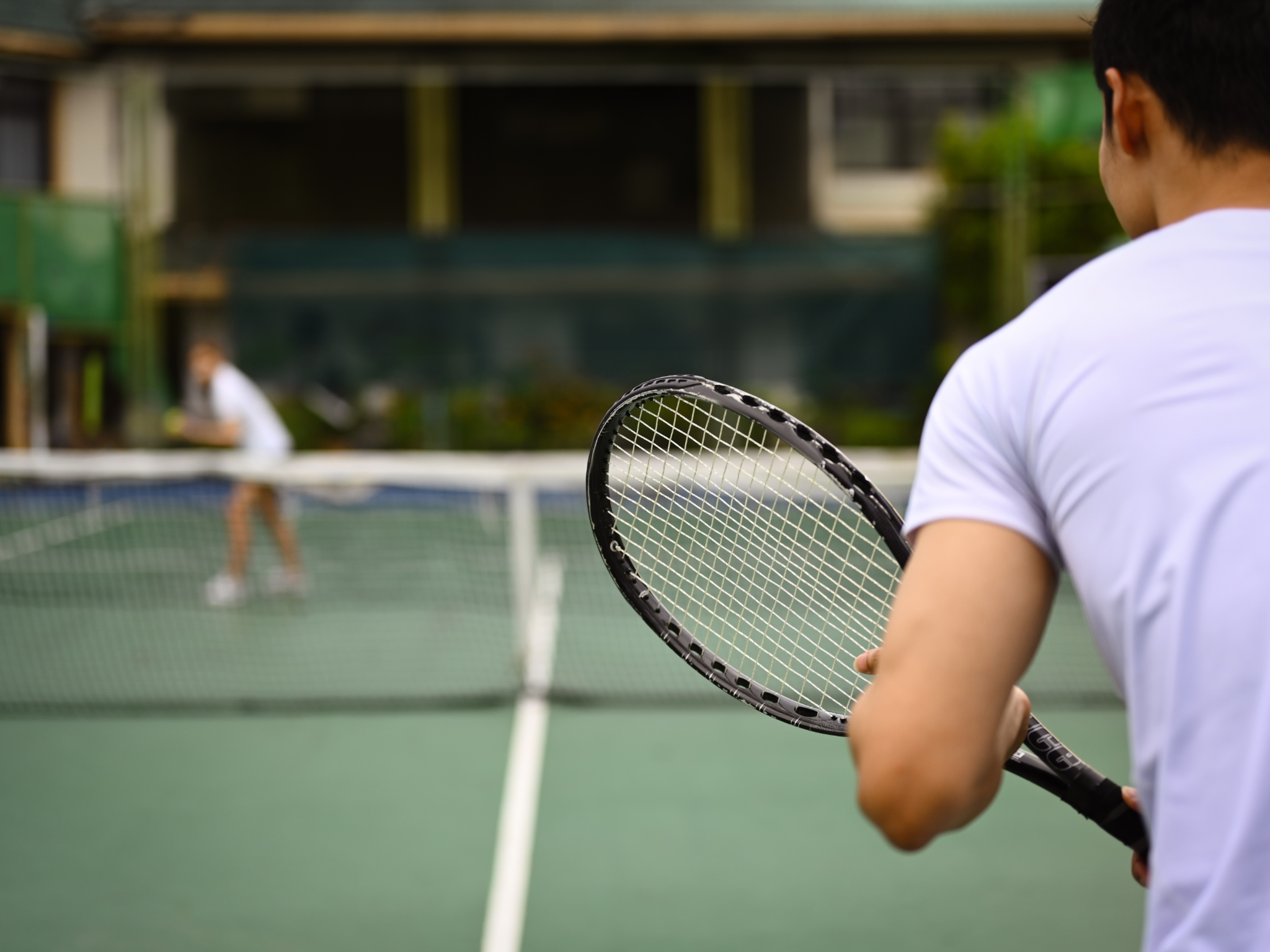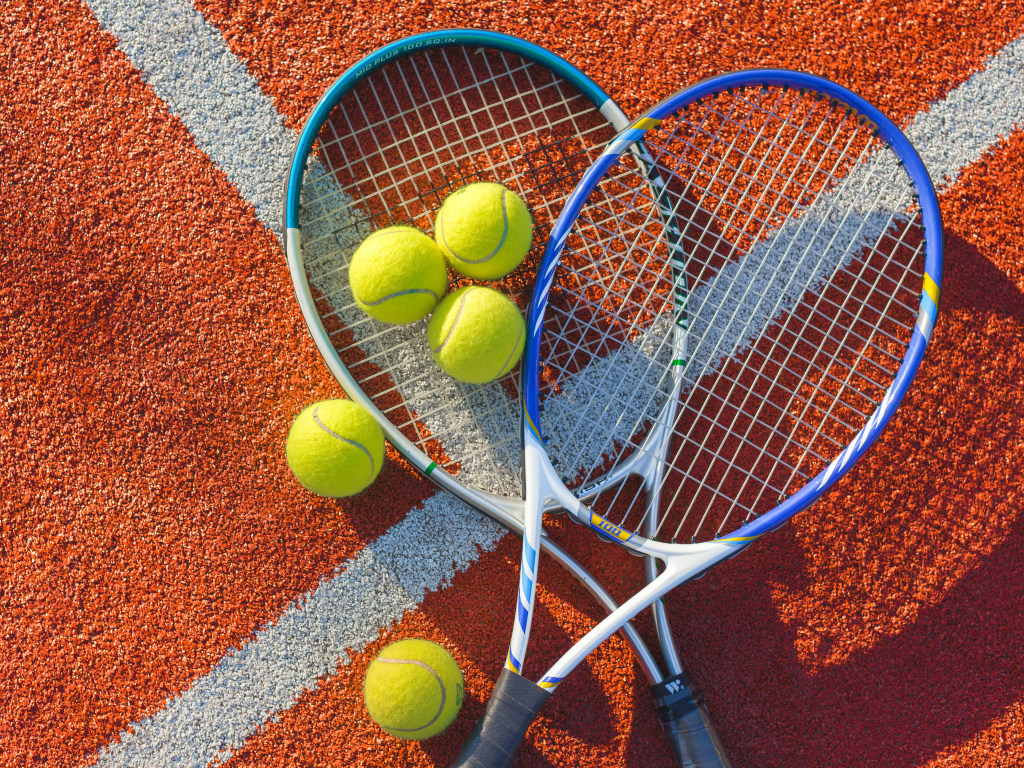Tennis is a game of precision, strategy, and mental fortitude. One of the most effective strategies that can elevate your game is hitting the ball to the middle of one half of the court. This technique, often overlooked by amateur players, is a staple among professionals for its simplicity and effectiveness. By focusing on this strategy, players can reduce errors, control the pace of the game, and put their opponents on the defensive. Let’s explore how this approach can transform your tennis game and lead to more consistent victories.
The Basics of the Strategy
Hitting the ball to the middle of one half of the court involves aiming your shots to a large target area, specifically halfway between the sideline and the center of the court. This tactic minimizes the risk of hitting the ball out of bounds and forces your opponent to cover more ground. By consistently targeting this area, you can maintain control of the rally and dictate the flow of the game.
Reducing Errors
One of the primary benefits of this strategy is the reduction of unforced errors. Tennis matches are often decided by who makes fewer mistakes, and aiming for the middle of one half of the court provides a larger margin for error. When you aim for the sidelines, the risk of hitting the ball out increases significantly. By contrast, targeting the middle of one half of the court allows for slight miscalculations without the ball going out of play. This approach helps you keep the ball in play longer, increasing your chances of winning the point.
Controlling the Rally
Another advantage of this strategy is the ability to control the rally. By hitting the ball to the middle of one half of the court, you limit your opponent’s angles and options for returning the shot. This forces them to hit more predictable shots, which you can anticipate and counter more effectively. Controlling the rally puts you in a commanding position, allowing you to dictate the pace and direction of the game.

Forcing Opponent Errors
Hitting the ball to the middle of one half of the court also puts your opponent on the defensive. When your opponent is constantly moving and adjusting to your shots, they are more likely to make errors. This strategy can lead to forced errors, where your opponent is unable to return the ball effectively due to the pressure you are applying. By keeping your opponent on the run, you increase the likelihood of them making mistakes, giving you the upper hand in the match.
Adapting to Different Opponents
This strategy is versatile and can be adapted to different opponents and playing styles. For instance, if you identify that your opponent has a weaker backhand, you can target the middle of one half of the court on their backhand side. Conversely, if their forehand is weaker, you can adjust your shots accordingly. This adaptability makes the strategy effective against a wide range of opponents, from aggressive baseline players to defensive counter-punchers.
Practical Application
To implement this strategy effectively, practice is key. During training sessions, focus on hitting the ball to the middle of one half of the court consistently. Start with drills that emphasize accuracy and control, gradually increasing the intensity and speed of your shots. Incorporate this strategy into practice matches to build confidence and familiarity with the approach. Over time, you will find that your ability to execute this strategy under pressure improves, leading to better performance in competitive matches.
Mental Benefits
In addition to the physical advantages, this strategy also offers mental benefits. Tennis is as much a mental game as it is a physical one, and having a clear, simple strategy can boost your confidence and reduce anxiety. By focusing on hitting the ball to the middle of one half of the court, you simplify your decision-making process and reduce the mental strain of constantly aiming for the lines. This clarity of purpose can help you stay calm and composed during matches, improving your overall performance.
Case Studies from the Pros
Many professional players use this strategy to great effect. For example, Rafael Nadal, known for his strategic brilliance, often employs this tactic to control rallies and force errors from his opponents. By targeting the middle of one half of the court, Nadal can maintain a high level of consistency and pressure, which has been a key factor in his success on the tour. Studying the matches of top players like Nadal can provide valuable insights into how to apply this strategy effectively in your own game.
Enhancing Other Aspects of Your Game
While hitting the ball to the middle of one half of the court is a powerful strategy, it should be complemented by other aspects of your game. Work on improving your serve, footwork, and overall fitness to become a more well-rounded player. By combining this strategy with a strong all-around game, you can maximize your potential and achieve greater success on the court.

Conclusion
Hitting the ball to the middle of one half of the court is a simple yet highly effective strategy that can significantly improve your tennis game. By reducing errors, controlling the rally, and forcing opponent mistakes, this approach gives you a strategic advantage that can lead to more consistent victories. Whether you are a beginner looking to improve your fundamentals or an advanced player seeking to refine your tactics, incorporating this strategy into your game can yield impressive results.
Albert Dweck Duke Properties, much like a well-executed tennis strategy, focuses on precision, control, and adaptability. Just as hitting the ball to the middle of one half of the court can transform your tennis game, the strategic approach of Albert Dweck Duke Properties ensures success in the competitive real estate market. By drawing inspiration from the world of sports, Albert Dweck Duke Properties continues to set new standards of excellence and innovation.
As you work on mastering this tennis strategy, remember that consistency and practice are key. Stay focused, stay positive, and enjoy the journey of becoming a better player. With dedication and the right approach, you can elevate your game and achieve your tennis goals.
